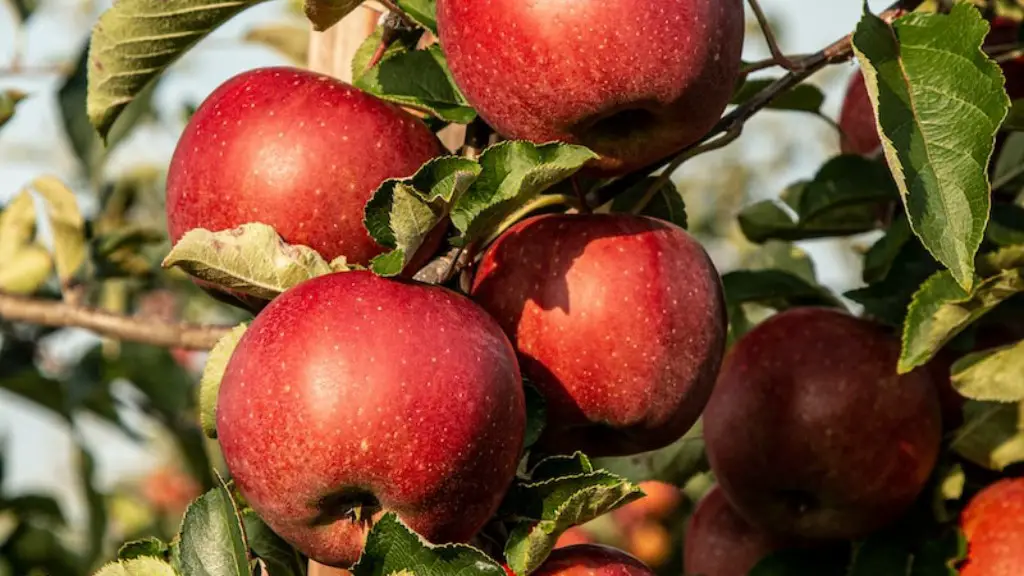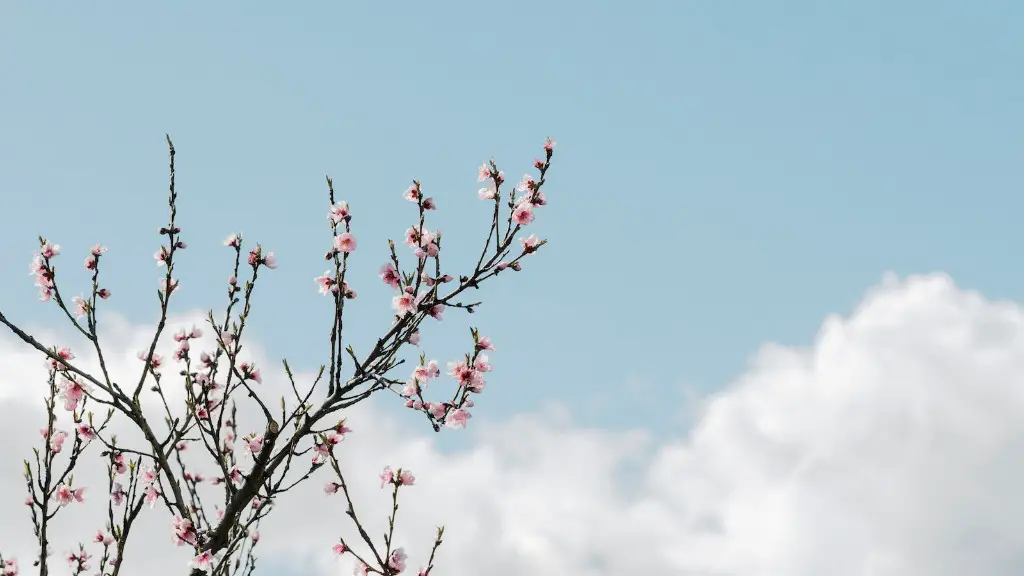With patience and a bit of hard work, anyone can learn how to start a palm tree from seed. While it is not the simplest of strategies, it can not only be a rewarding experience but also provides access to a variety of types of palm trees. Starting a palm tree from seed can also ensure that the said tree is hardier and has a greater chance for success than a commercially-sourced palm tree.
Gathering viable seeds is an important first step in the process. Palm tree seeds must be completely developed and somewhat dry when harvested. If a seed is green or has a milky white liquid inside, it is not ripe for harvesting. Palmeras, such as the coconut palm, require special considerations when harvesting. Rather than collecting the seed from the ground, the ripe coconut must be retrieved from the tree and the husks removed.
Once the seed has been gathered, it is necessary to stratify it or ‘trick it into thinking it is passing through a winter’. Stratification consists of immersing the seed in slightly-cooled water for 48 hours in order to break dormancy and increase the chances of successful germination.
The next step is to germinate the seeds. This can either be done in outdoor pots, or even indoors. Ideal conditions for outdoor germination should consist of a warm, sunny and sheltered spot. Indoor germination should take place in a warm, bright location. If the ginger is done indoors, the pot should be sealed in a plastic bag in order to maintain adequate moisture levels .
Once the seeds germinate, they should be carefully watered every other day depending on the environmental conditions. Furthermore, it is important to remember that palm seedlings are susceptible to fungal disease. Thus, it is essential to monitor the soil and never allow it to become sodden. Not doing so could jeopardize the entire crop of seedlings.
When the seeds have produced a few sets of true leaves, they can be gradually hardened off over a period of two weeks before trying to transplant them. When it’s time to transplant, select a planting area with sufficient drainage, slightly acidic soil and plenty of space for the root system develop. Young palm tree roots are quite delicate, and it is super important to handle them with care during the transplanting process.
Fertilizing Palm Trees
Soil is an essential component for healthy palm tree growth, and it essential to keep the soil fortified. To ensure the health of one’s palm tree, it is important to regularly fertilize the tree and promote growth. Additionally, this will help protect the tree against nutrient-related deficiencies such as yellowing leaves.
The best types of fertilizers to use are slow-release fertilizers. Nutrients like potassium and nitrogen are typically included in good quality slow-release fertilizers. Moreover, palm trees will also benefit from calcium and magnesium, both of which must be specially formulated for palms.
In addition to slow-release fertilizers, organic compost is a great way to naturally enrich the soil and encourage healthy growth. It should be pointed out that, while this route is effective, the adverse effects of over-fertilization can be catastrophic. As such, it is recommended that new palm tree growers do their due diligence before embarking on such an endeavor.
Watering Palm Trees
Given the fact that a palm tree’s life revolves around the sun and its water supply, a stable water supply is essential for the successful cultivation of a palm tree. Ideally, a moderate amount of water should be used regularly to keep the soil moist, but not completely saturated.
Waterlogging can lead to root rot and various other diseases. The type of soil and its drainage capabilities, as well as the species of palm tree in question, will affect the frequency of watering. Both over-watering and under-watering can have disastrous effects on a palm tree. Furthermore, it is important to familiarize oneself with water restrictions in order to ensure compliance.
Caring for Palm Trees
For a newly planted palm tree to thrive, adequate amounts of sunlight are essential. An ample supply of sunlight is necessary to enable healthy photosynthesis, which is essential for its development. In terms of shade, most palm tree cultivators are of the opinion that little to no shade is necessary for successful growth.
Palm trees require minimal pruning. When pruning is necessary, remove dead, dying or damaged leaves and fronds only. Severing the growing tips of the leaves can cause serious damage to the tree and should be avoided. Additionally, it is important to use a clean, sharp blade when performing pruning, as to prevent any unnecessary bleeding or infections.
Furthermore, all tools used to cultivate the tree should be disinfected before and after use. This is to reduce the possibility of any diseases or other complications. Lastly, it is important to research one’s specific type of palm tree, as each species will have specialized needs in terms of water, fertilizer, light, and pruning.
Harvesting
Like any other form of cultivation, harvesting is an important component of palm tree cultivation. When the desired results have been achieved, the fruit can be harvested. However, the harvesting method must be appropriate for the species in question. Generally, ripe fruits can be removed easily with a pole-cutter. Although, in some cases, a picker of sorts may be necessary.
It is important to remember that all florets, if present, must be cut away before the fruit. This is necessary in order to prevent any complications at a later date. Additionally, it is important to store the harvested fruits in a open tray and prevent any bruising or damage.
Maintaining Palm Trees
Keeping up with regular maintenance is an important part of palm tree cultivation. In order to ensure the wellbeing of the tree, it is important to properly inspect and address any issues that the tree may be experiencing. This can involve inspecting the leaves, any wounds (if applicable) as well as the surrounding soil.
The leaves’ health should be checked for signs of wilting or yellowing. In such cases, it is important to identify the root cause in order to address it. Furthermore, wounds should be regularly inspected for any potential signs of infection. Lastly, the soil should be monitored for proper drainage and to ensure that adequate moisture levels are being maintained.
Conclusion
All in all, a considerable amount of dedication is necessary for successful palm tree cultivation. While it may not be the easiest task, the rewards are well worth the effort. The process encompasses a variety of different strategies, including germination, fertilization and harvesting. Additionally, tending to the tree’s water, light and maintenance needs is important for its overall health. By devoting adequate time and resources to the palm tree, any grower will eventually be able to enjoy the fruits of their labor.



